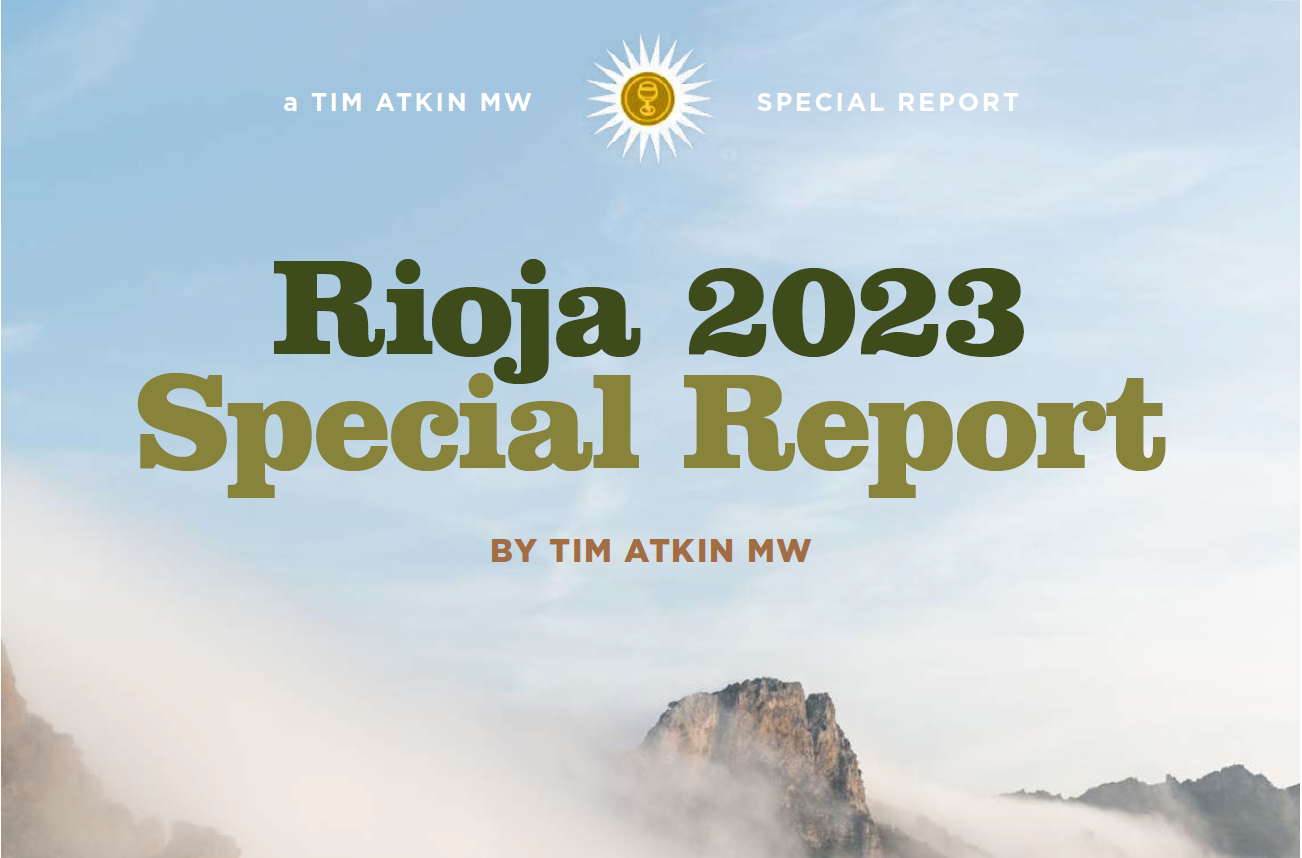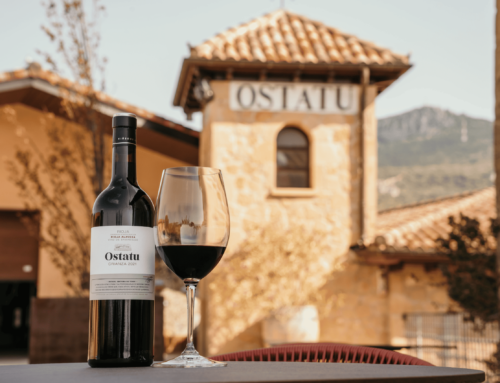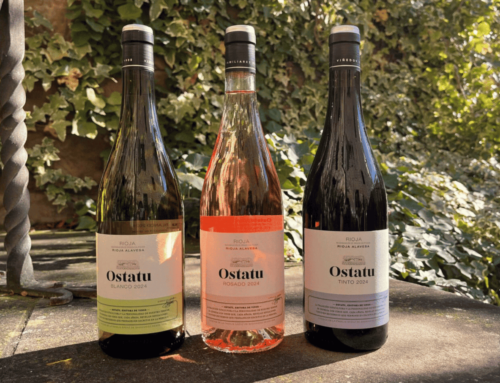Once again, we can proudly tell you that our wines have allowed us to place ourselves in the “Second Growths” category in Tim Atkin’s annual report.
We have two of our wines, Gloria de Ostatu 2018 and Laderas de Ostatu 2017 on the podium of the 100 best wines, with 95 points each. The rest in an excellent position, are between 91 and 94 points.
We are especially excited about the good score obtained (93) for two projects that are not yet in the market. These are two new white wines from the 2021 vintage. The first, ‘Revillas’, will be released as Gloria Blanco and comes from the oldest part of our century-old vineyard Revillas, where its ‘red brother’ also comes from: Gloria de Ostatu. The second, a young plot planted with Garnacha White, Zabala, fermented and aged in concrete.
Regarding the report, Atkin puts the warning bell back on the general situation of the Denomination. He speaks of a lack of daring when it comes to highlighting certain geographical areas, as does Burgundy or Barolo. If a piece of land is qualitatively superior, why not champion it? This is important regarding the ‘Vinos de Municipio’, where the location in certain areas of high-quality level must be a safe value. And it is the reason why we label many of our wines as ‘Vino de Samaniego’.
In this report, he also talks about the challenges to face in terms of weather and the dependence that exists on the Tempranillo variety. Thus, he opens a debate on the possible implantation of varieties that are not standardized or traditionally associated with Rioja. Up to what point?
We have always been clear that we had to respect, as far as possible, the varieties that our ancestors already planted, which were not just Tempranillo. We have understood that this is part of the richness and expressiveness of our wines, which are an indisputable part of their personality, rooted in our terroir. And for this reason, we maintain them.
At Ostatu we understand and share many of Atkin’s visions, from our own perspective. We believe that, evidently, the denomination needs to adapt to 2023. It needs to listen to and respect all the actors much more, especially the little ones who are the keeping this land and our towns alive. It needs, with capital letters, to move away from general, grandiose, discourses and to educate the consumer in the great diversity that the wines covered by the DO Ca represent. And for this, first, it has to be known in depth, the objective being to seek the highest quality and respect for the origin.
We are doing what we are supposed to: know our soils, our vineyards, our identity. Be consistent with it and capture it, in the best possible way, in our wines. For this reason, we continue with our philosophy rooted in ecological viticulture that allows us to respect our environment and the fruit of the vineyard: the grape. In this way, we will be able to make wines faithful to the territory and continue going out with them, with our heads held high, to the world.
The points:
Gloria de Ostatu 2018: 95pts.
Laderas de Ostatu 2017: 95pts.
Gloria de Ostatu 2016: 94pts.
Selección de Ostatu 2018: 94pts.
Lore de Ostatu 2019: 94pts.
Ostatu Reserva 2017: 93pts.
Ostatu Gran Reserva 2015: 93pts.
Escobal de Ostatu 2021: 93pts.
“Revillas” 2021, blanco: 93pts.
Zabala 750, blanco: 93pts.
Ostatu Crianza 2020: 92pts.
Valdepedro de Ostatu 2021: 92pts.
Ostatu Tinto 2021: 91pts.
Ostatu Rose 2021: 91pts.





